Living with Wildlife
lilod
17 years ago
Related Stories

GARDENING AND LANDSCAPINGBe a Citizen Scientist to Help Wildlife, Learn and Have Fun Too
Track butterflies, study birds, capture stars ... when you aid monitoring efforts, you’re lending Mother Nature a hand
Full Story
LIGHTINGWildlife-Sensitive Ways to Light a Coastal Landscape
Reduce harm to land and sea creatures by choosing the right light sources and placing them thoughtfully
Full Story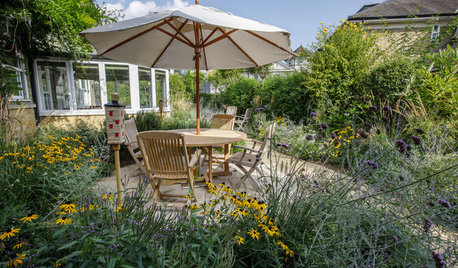
LANDSCAPE DESIGN4 Tips for Creating a Small Garden That Welcomes Wildlife
Win over birds, bees, butterflies and neighbors with these design strategies
Full Story
GARDENING FOR BUTTERFLIESGarden for Wildlife to Reap Rich Rewards
When you plant with animals and insects in mind, you make gardening easier, the planet healthier and yourself more present
Full Story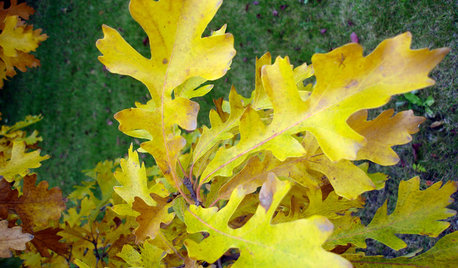
GARDENING GUIDESCelebrate Eastern Oaks for Wildlife, Longevity and Seasonal Interest
There might not be a more important tree to have in your eastern U.S. landscape — if you can fit one in
Full Story
GARDENING GUIDES6 Plants That Beat Butterfly Bush for the Wildlife Draw
It's invasive, a nonnative and a poor insect magnet. Check out these better alternatives to butterfly bush in the garden
Full Story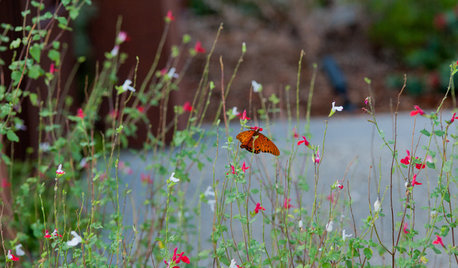
EARTH DAYCreate a Container Wildlife Habitat for Hummingbirds and Butterflies
Don’t let limited space prevent you from welcoming wildlife into your garden
Full Story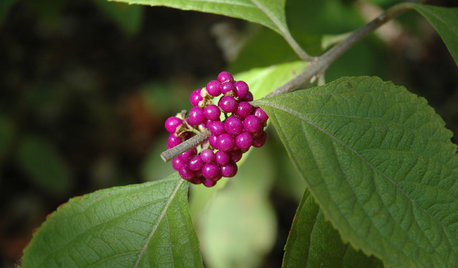
GARDENING GUIDESGreat Design Plant: Nourish Wildlife With American Beautyberry
The bright purple berries of Callicarpa americana feed winged beauties and make the Southeast U.S. native a fall garden standout
Full Story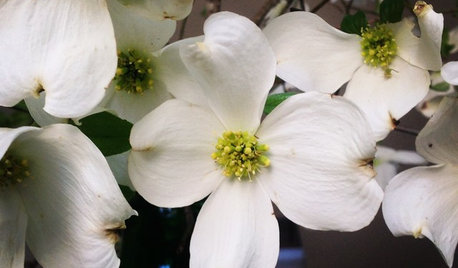
GARDENING GUIDESGreat Design Plant: Cornus Florida Benefits Wildlife
Flowering dogwood provides fiery red foliage in fall and beautiful springtime blooms
Full Story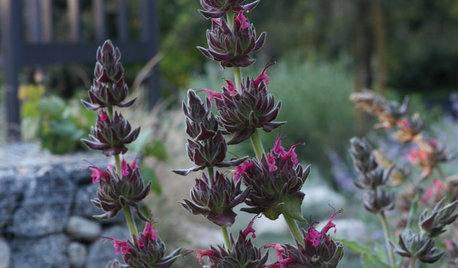
FLOWERS AND PLANTSHummingbird Sage Lures Wildlife With Its Sweet, Fruity Fragrance
This native California ground cover thrives with little water on grassy slopes, under trees or in patio containers
Full Story


buyorsell888
quirkyquercus
Related Discussions
Please think about maintaining small ponds for wildlife!
Q
Off Topic: Beware the wildlife in your yard.
Q
Raccoon Repellent Plants?
Q
Gardening for pollinators and wildlife.
Q
buyorsell888
cindyb_va
debd18
labmomma
bill_vincent
emma12
oakleif
quirkyquercus
fancifowl
Nancy in Mich
quirkyquercus
Nancy in Mich
Nancy in Mich
lilodOriginal Author
emma12
quirkyquercus
lilodOriginal Author
quirkyquercus
lilodOriginal Author
emma12
quirkyquercus
joepyeweed
labmomma
micke
labmomma
quirkyquercus
micke
quirkyquercus
cindyb_va
fancifowl
micke
christy2828
jancarkner
Nancy in Mich
oakleif
Nancy in Mich
cnetter
quirkyquercus
lynn_d
steve2416
bill_vincent
oakleif
micke